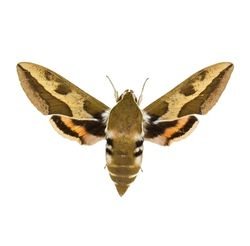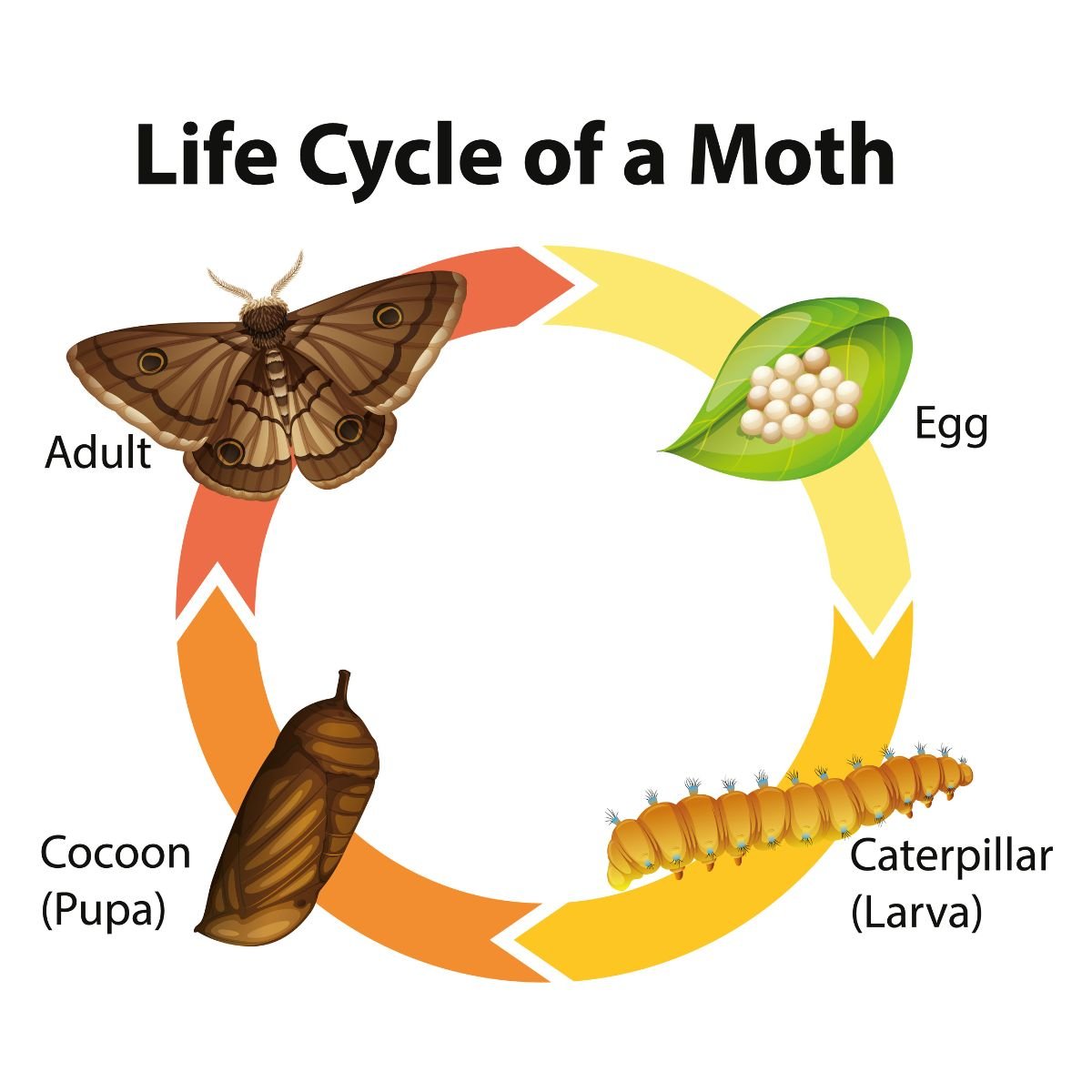Moths

Identification
The most common moth color is brown, with shades ranging from light beige to dark chocolate.
In terms of size, moths vary greatly depending on the species. While generally, they are from 6mm to 10mm.
Moths are an insect that belongs to the order Lepidoptera, including butterflies. While they are often overshadowed by their more colorful and well-known butterfly cousins, moths are incredibly diverse and fascinating creatures in their own right.
Get A Free Quote
We are affordable Pest Control Service in GTA & Surroundings Areas.
How to identify Moths
Moths are insects belonging to the order Lepidoptera, including butterflies. Moths come in various sizes and colors, making identification challenging. One way to identify moths is by their wingspan, ranging from less than half an inch to more than 12 inches. The shape and markings on the wings can also help with identification.
Another way to identify moths is by their behavior. Some moths are active during the day, while others are nocturnal. Moths that are active during the day tend to have brighter colors and patterns on their wings. Nocturnal moths often have duller colors but may have intricate patterns on their wings that become visible when they fly.
Moths can be identified by examining their habitat and food source. Different species of moths prefer different environments, such as forests, meadows or deserts. Some moth species feed on specific plants, while others eat various vegetation or even other insects. Observing your environment gives you a hint of what type of moth you’re looking at!
Signs of a moth’s infestation
One of the most significant signs of a moth infestation is the presence of holes in clothing and fabrics. Moths lay their eggs on natural fibers, such as wool or silk, and when their larvae hatch, they feed on the material, leaving behind small holes.
Another indication of a moth infestation is the presence of adult moths flying around your home. Adult moths are attracted to light and are often found near windows or light fixtures.
You may also notice web-like material in your closets or drawers if you have a moth problem. This is caused by the larvae spinning silk to create protective cocoons while they feed.
Another sign that you have an infestation is finding small piles of debris that look like grains or sand around your clothes or fabrics. These are actually droppings from the larvae as they consume the materials.
If you suspect a moth infestation, it’s essential to take action quickly before it worsens. Thoroughly clean all areas where moths have been spotted and vacuum carpets and furniture regularly to remove any eggs or larvae.
To prevent future outbreaks, store clothing in sealed containers with cedar chips or lavender sachets, which repel moths naturally without harming them or using chemicals that could harm humans and pets alike.
Habitat, Diet, and Life Cycle of Moths
Habitat: Moths can be found in a range of habitats, including forests, grasslands, deserts, and even urban areas. Some moths prefer specific types of plants, while others can adapt to a variety of vegetation. Moths are typically more active at night and are attracted to artificial light sources. They are also attracted to flowers and play an important role in pollination.
Diet: Moths have diverse diets, with some species feeding on nectar from flowers and others feeding on plant leaves, seeds, or even other insects. Some moths are also known to feed on animal waste, while others do not feed as adults. The larvae of moths, also known as caterpillars, are typically herbivorous and feed on the leaves and stems of plants.
Our Guarantee
Acme Pest Solutions is dedicated to providing exceptional pest control services focusing on customer satisfaction. We aim to exceed industry standards by delivering high-quality work. We stand behind our work with a guarantee for each job completed, giving customers peace of mind. We are committed to ensuring seamless and high-quality service and will return to make things right if any issues arise.
Moths life cycle
The life cycle of moths is characterized by four stages: egg, larva, pupa, and adult. Female moths lay their eggs on or near the food source for their larvae. When the eggs hatch, the larvae emerge and begin feeding on the food source. The larvae then go through several molts, shedding their skin and growing larger until they are ready to pupate. During the pupal stage, the moth undergoes metamorphosis and transforms into an adult. The adult moth then emerges from the pupa and begins the cycle again.

How to get rid of moths
Here are some tips to help you get started:
- Try using a moth deterrent. Some of the most popular moth deterrents include electronic devices and vacuum cleaners. Make sure to use a deterrent that is effective in your specific home.
Get rid of areas that are likely to be infested. Moth eggs and larvae can survive for a long time in areas such as closets, attics, and basements. If you have many of these areas in your home, it’s best to get started on treatment immediately.
